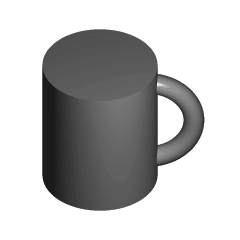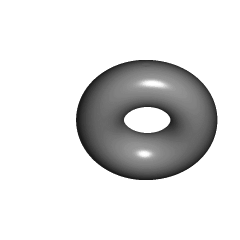an exploration of code homeomorphism
: all programs can be reduced to the same instruction stream.
github.com/xoreaxeaxeax/reductio // domas // @xoreaxeaxeax
| AES | Minesweeper |
|---|---|
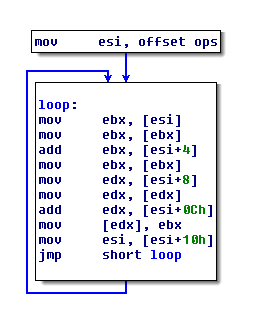 |
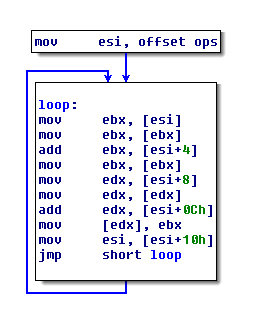 |
In the mathematical field of topology, two topological spaces are said to be homeomorphic if (roughly speaking) one can be transformed into the other through continuous deformation:
Equivalently, two spaces are homeomorphic when both can be reduced to an identical, topologically equivalent space:
reductio imagines a similar concept for computer code: performing a series of transformations on entirely different programs, to induce an equivalence in instruction streams.
r.a.a. reduces all C programs to identical instruction streams; that is, the instructions executed by the processor become the same for every program. The demonstration uses C and x86, but is not unique to either of these - the concept is easily adapted to most languages and architectures.
python reductio.py example.c
The basic effects of the process can be seen in examples, which contains the reduced versions of two programs: AES and Minesweeper. The disassembly of each is shown below.
| AES | Minesweeper |
|---|---|
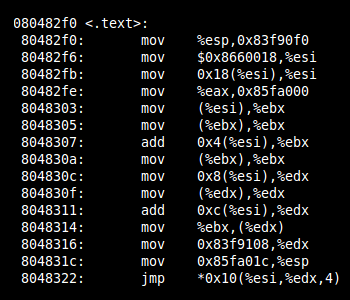 |
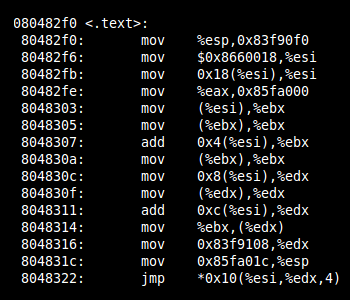 |
The instructions execute in a continuous loop, and are the same for every program. The final jmp performs the loop, and, when necessary, branches to shared libraries; for example, if a program calls 'malloc', malloc is executed through the jmp. This is only necessary when programs are linked to non-reduced code; if all code is run through the reduction, the dynamic jmp can be replace with a constant loop back to the beginning of the program.
-
r.a.a. reduces all code to the same instruction stream. Note that this is distinct from, for example, an emulator, wherein a single set of instructions can run multiple programs, but the sequence of instructions differs depending on what program is being emulated. In r.a.a., rather, a processor performs the exact same steps for every program, yet from this is able to produce any possible result.
-
r.a.a. allows you to link to other, non-reduced code; for example, you can link to the standard C libraries without recompiling them. Naturally, if you do this, the instruction streams will diverge in the non-reduced libraries.
-
The reduction may be limited by the constraints of the OS - for example, if the only provided way to perform I/O is a syscall, the instruction stream must diverge at the syscall. However, assuming the OS provides sufficient MMIO capabilities, the reduction premise holds.
-
r.a.a. leverages the M/o/Vfuscator compiler as a first pass, to simplify the set of instructions we must work with. To install the M/o/Vfuscator,
git clone https://github.com/xoreaxeaxeax/movfuscator cd movfuscator ./build.sh sudo ./install.sh -
The reduction may consume significant amounts of memory. Ensure you have an adequate swap file in place to prevent crashes during the reduction process.
The technique is outlined in detail in the Shakacon presentation.
reductio is a proof-of-concept from Christopher Domas (@xoreaxeaxeax).

